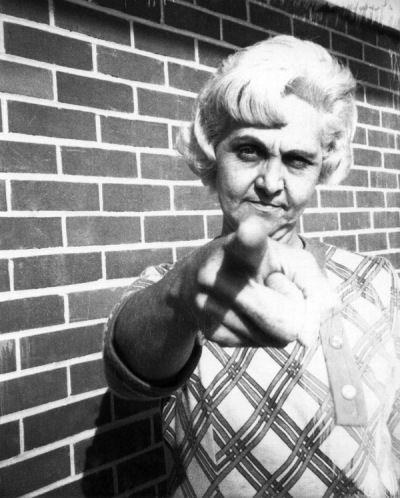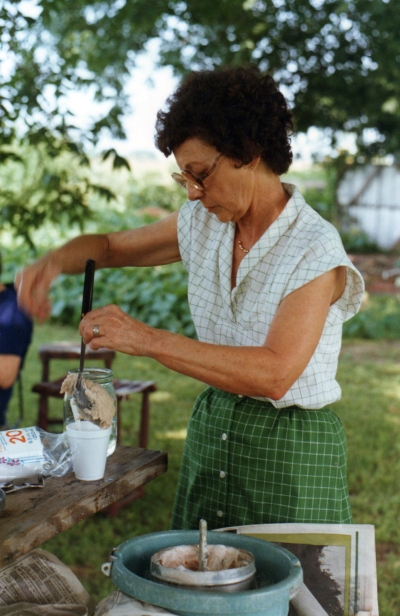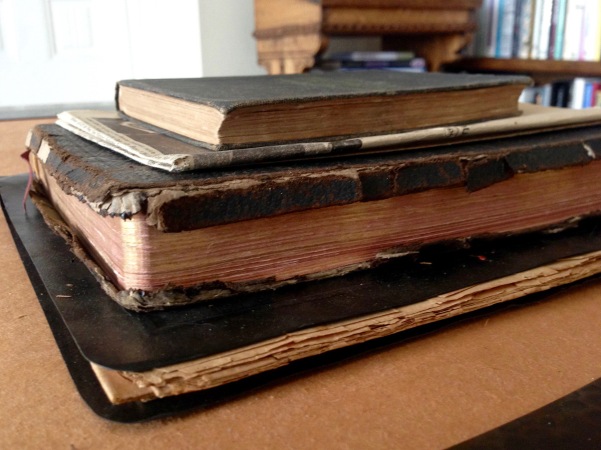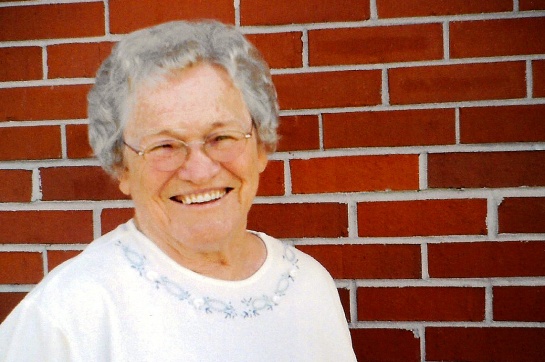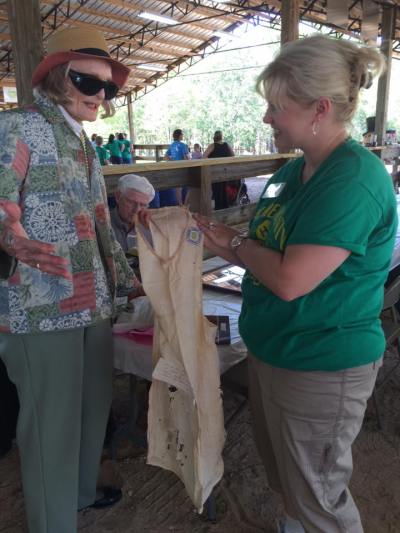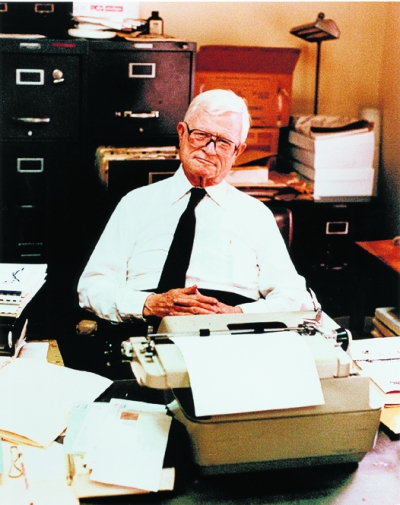
Esto native E.W. Carswell wrote a respected history of Holmes County.
Dear Mrs. Tison,
I was sorry to read in your column in the April 12 Advertiser that you’re without a copy of Holmesteading, my pal and fellow Esto native E.W. Carswell’s history of Holmes County we published in 1986. So I’m sending you one of my two copies from the second printing in 2003. I hear a third printing may be in the works, and I hope it happens.
Judge would be pleased his book is still being read and discussed — especially by one of his kinfolks in Noma, Bill Tom Gavin, who cited it to you. The book was the culmination of his lifetime of listening and learning about the county’s history from people who were there when it happened. As we said on the dust jacket of the first edition: “It captures both the facts and the feeling of life in Holmes County. Few places as small and rural as Holmes County are fortunate enough to have a native son like E.W. Carswell to bring their history alive and record it for present and future generations.”
We typeset and pasted-up that first edition after hours in the backshop of the Advertiser. Judge’s wife Catherine — who taught me to type — was our ace proofreader and indexer. The Advertiser helped us spread the word about the book, which got rave reviews and soon sold out.
Even after Judge died in 2001, his book was still in demand. When the county library got down to a single copy — “People would check them out, but they wouldn’t bring them back,” library director Susan Harris said — a second printing was arranged. Esto’s own Joe Bob Clark raised the money and made it happen as head of the library board. (Joe Bob always laughed that nobody in Bonifay thought people from Esto could read and write well enough to publish a book, much less set up a library — and then he spearheaded the project to create a library annex and got it named for another of Esto’s finest, A.J. Dixon, the county’s first rural mail carrier.)
Holmesteading was our last project before I moved temporarily to California 30 years ago. I keep my autographed copy near a picture of Judge at his Royal typewriter. He wrote a beautiful inscription recalling our “publication adventures” that concludes: “And it has been fun. My best wishes go with you always.”
And they have. He still smiles down on me every day. I hope the library is able to arrange a third printing of his book.
VIMEO | E.W. Carswell talks about Holmesteading, his history of Holmes County, in an interview with Florida Public Radio.


